These modern cars share common threads with old classics
It all started with an innocent analogy. Hagerty Price Guide editor Greg Ingold was extolling to editor Kyle Smith the virtues of the limited run of LT4-powered Camaros that Street Legal Performance helped build for Chevy in 1997. Knowing that Smith has knowledge of 1960s GM performance, Ingold loosely equated SLP’s effort to the Yenko Camaros from back in the day. The conversation snowballed from there.
The two took to Slack, our internal messaging system, and asked fellow editors what cars we felt were modern equivalents of old classics. This banter-driven search to find common threads between older and newer vehicles yielded some answers you might expect, as well as a few that stretch logic, and the definition of “classic,” just a little. This list is the result of our fun and non-exhaustive quest to find modern equivalents to old classics. Let us know your pairings in the comments.
First-generation Yenko Camaro and 1997 Camaro SS LT4
Believe it or not, these cars are far more similar than meets the eye. Yenko came to fame by doing what GM wouldn’t, installing the powerful L72 code 427 into the first-generation Camaro (1969 would use the COPO program to have the swaps done at GM). So what does this iconic early Camaro have to do with a fourth gen?
Like Yenko in the 1960s, Street Legal Performance (SLP) was closely affiliated with GM, but independently upgrading F-bodies for sale through GM dealer networks. The similarites don’t stop there, though. SLP happened to take delivery of a number of leftover LT4 engines from the Corvette program. What do you do with a bunch of potent small-blocks? Naturally, you’d swap them into something, and that’s just what SLP did. So, 29 Firebirds and 106 30th Anniversary Edition Camaros got the transplant. This would be the most powerful fourth-generation Camaro you could order from your dealer, and that’s before you consider the LT4’s standard 330 horsepower is rumored to be conservative after SLP allegedly fiddled with them. — Greg Ingold, Hagerty Price Guide Editor
Chevelle SS 396 and Honda Civic Type R
Hear me out: Door count aside, they’re both hot-rodded versions of their company’s mid-size platforms. It doesn’t end there, though. The once-ubiquitous Chevelle and still-everywhere Civic can carry four comfortably, they sport clean, handsome designs (I’m considering the current-gen Civic), and the performance versions are incredibly capable relative to their competition. If you look at each in their moment rather than as an American classic vs. a Japanese hot hatch, they’re going after similar targets. There’s no comparison as to which sounds better, though. — Eddy Eckart, Senior Editor
Ford Mustang II and Ford Mustang Mach-E
Many Mustang fans saw the Mustang II’s move to Pinto architecture as a step backward. It turned out it was the right car for the time, selling in huge numbers just when consumers wanted an efficient model with some Mustang style. Likewise, the move to broaden the Mustang brand into an EV crossover was controversial and still has Mustang die-hards in a tizzy. However, the buying public doesn’t seem to mind, as they’re snapping up the sporty four-door and enjoying EV power and efficiency. — Brandan Gillogly, Senior Editor (It remains to be seen whether Ford will make a Mach-E King Cobra—Ed.)
Volkswagen Rabbit Pickup and Ford Maverick
The Ford Maverick is a new take on the pickup form factor that shrinks the footprint, offers an incredibly efficient front-wheel-drive layout, and is built from a platform better known for the cars it supports. Sound familiar? Volkswagen did the same thing with the Rabbit for the U.S. back in the late ’70s. It was charming, if a little chintzy at times—a few descriptors that may or may not be appropriate for the Maverick as well! — Nathan Petroelje, Editor
Volvo 122 and Hyundai Elantra
We’re all going out on limbs with these comparisons, but I’ll test the breaking point of the outer reaches by saying the Hyundai Elantra is the new Volvo 122. Ignoring the 122’s coupe and wagon variants for a moment, both machines are humble sedans with fantastic design. And if you compare each to models that preceded them (for the Volvo, that’d be the PV444/544; for the Elantra, that’d be any other Elantra) the styling departure is downright revolutionary. — Stefan Lombard, Senior Editor
Duesenberg Model SJ and Koenigsegg CC850
Born from engineers who felt they could do it better than anyone else, Duesenberg and Koenisegg own the cutting edge of their respective eras. Their exclusivity and use of advanced technology means these cars were and likely will forever be out of the reach of the common enthusiast, but their successful niche implementation of tech innovations helps advance the entire industry. Four-wheel hydraulic brakes were at the forefront in 1929 when Fred and Augie Duesenberg put them into production, and a Koenigsegg-style single speed transmission that works for every speed from 1 mph to 250 mph might just be something that becomes standard on passenger cars one day. — Kyle Smith, Editor
Yenko Stinger and Porsche Cayman GT4
The conversation started with a Yenko reference, and because Kyle is a noted Corvair aficionado, it couldn’t help but take a turn to the Yenko Stinger—Ed.
There are of course the obvious similarities: the flat-six mounted behind the seats, purposely stripped interiors, the focus on outright speed and an engaging driving experience. The two also stand in the shadows of their more famous siblings. Yenko might be best known for Camaros and Novas, but he started with SCCA D-Production competition with the second-generation Corvair as the base car. Similarly, ask someone about Porsche, and they’re more likely to mention the 911 than the Cayman, even though there’s an argument to be made for the smaller Porsche. Both of these track rats will abuse you with stiff suspension, quick steering, and road noise. You’ll love every minute if driving experience is what you are after, though. — Kyle Smith
Volkswagen Beetle and Toyota Prius
The Beetle was known for its counterculture appeal, which was grounded in the ideal of efficiency. It also looked different, had a different drivetrain, and seemed ubiquitous in the mid 20th century. The Prius captured all of those things for a new era. — John Wiley, Manager of Valuation Analytics
1970 Dodge Challenger R/T Hemi and 2023 Ram 1500 TRX; 1970 Ford Mustang Boss 429 and 2023 Ford F-150 Raptor R
While on the surface these two pairings may seem a bit odd, these four vehicles all share a no-limits attitude and capture a high point in a changing industry. I also expect most of those trucks will get driven just like those apex muscle cars of 1970, which means a lower survival rate. — John Wiley
***
Want a better understanding of what’s driving collector car values? Sign up for the Hagerty Insider newsletter.

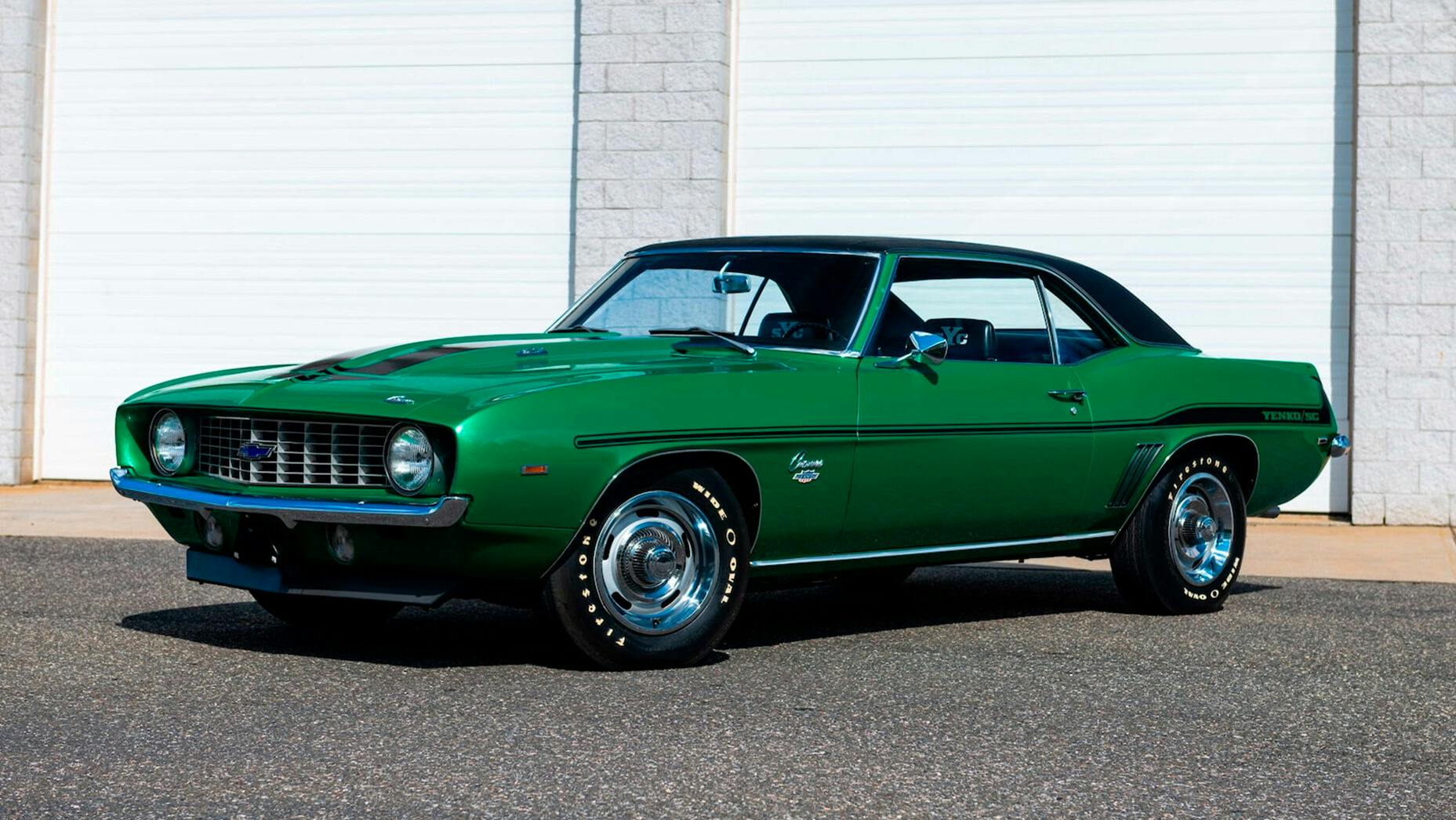
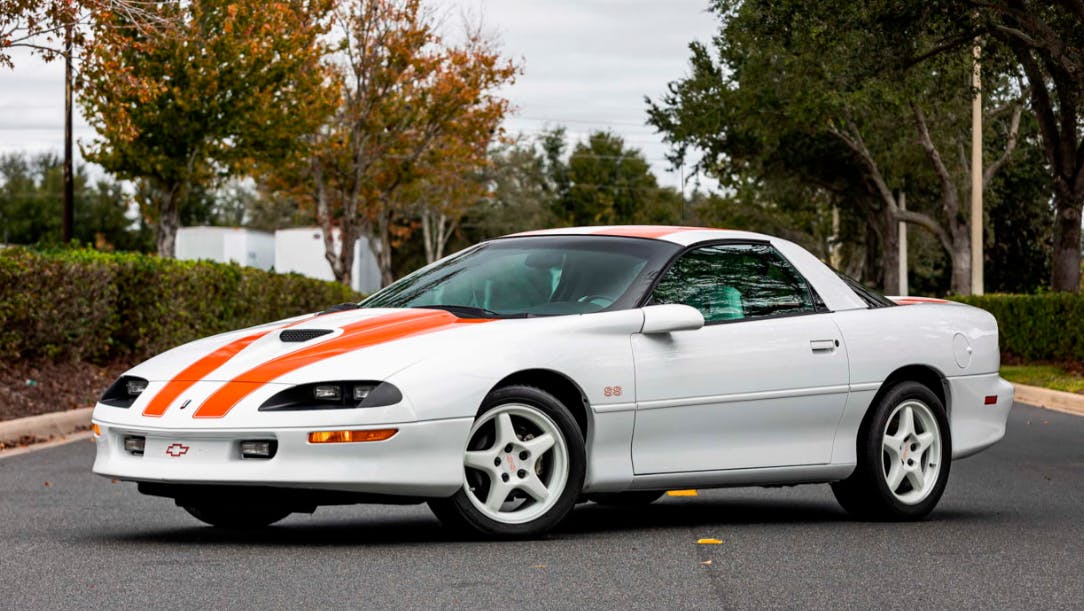
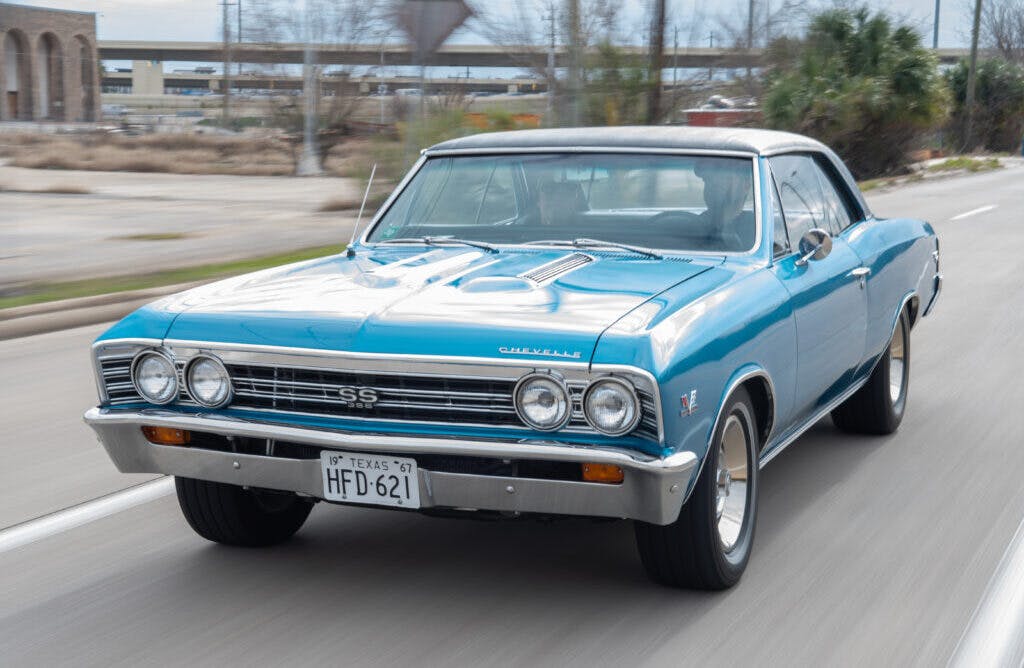





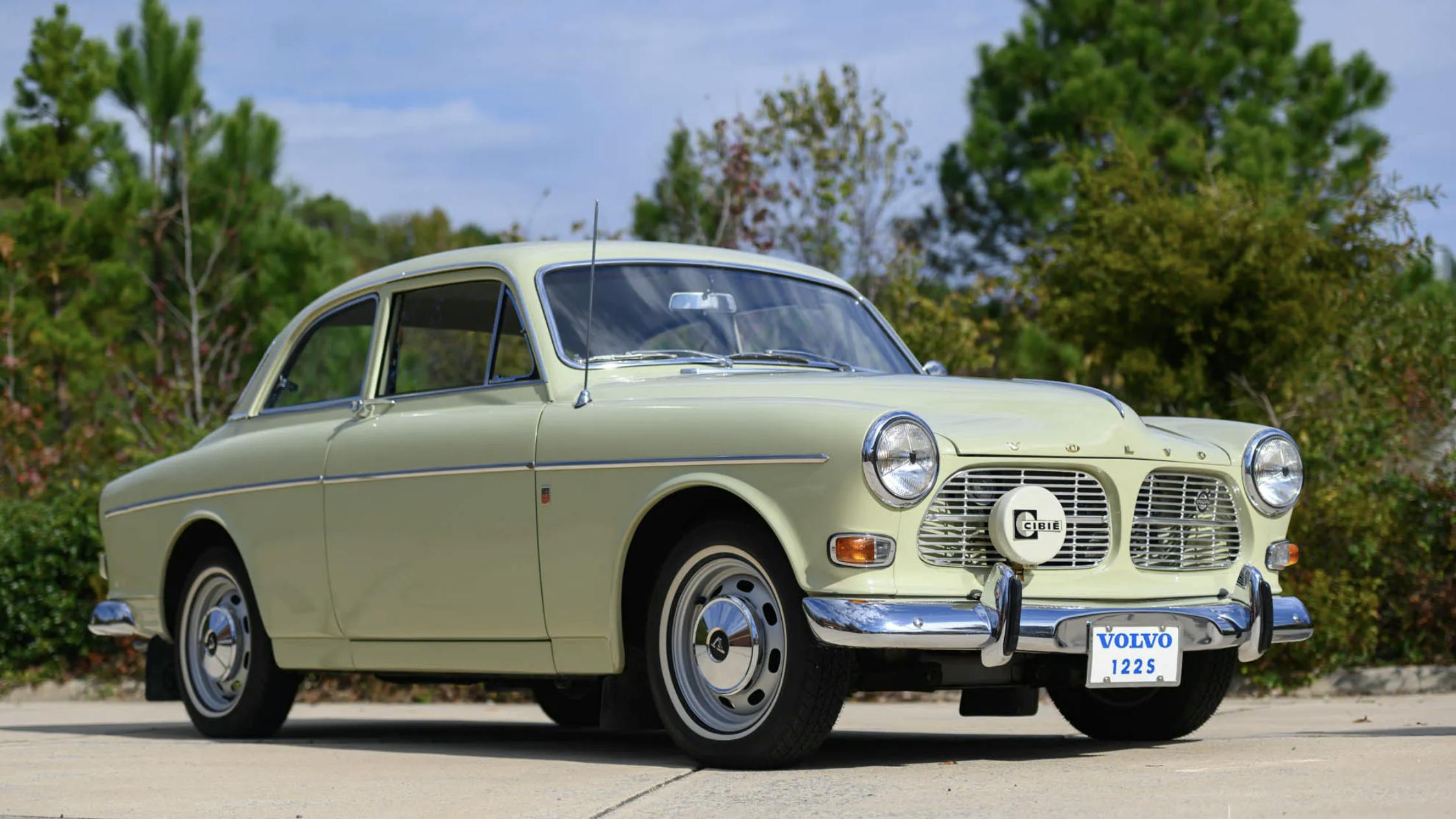
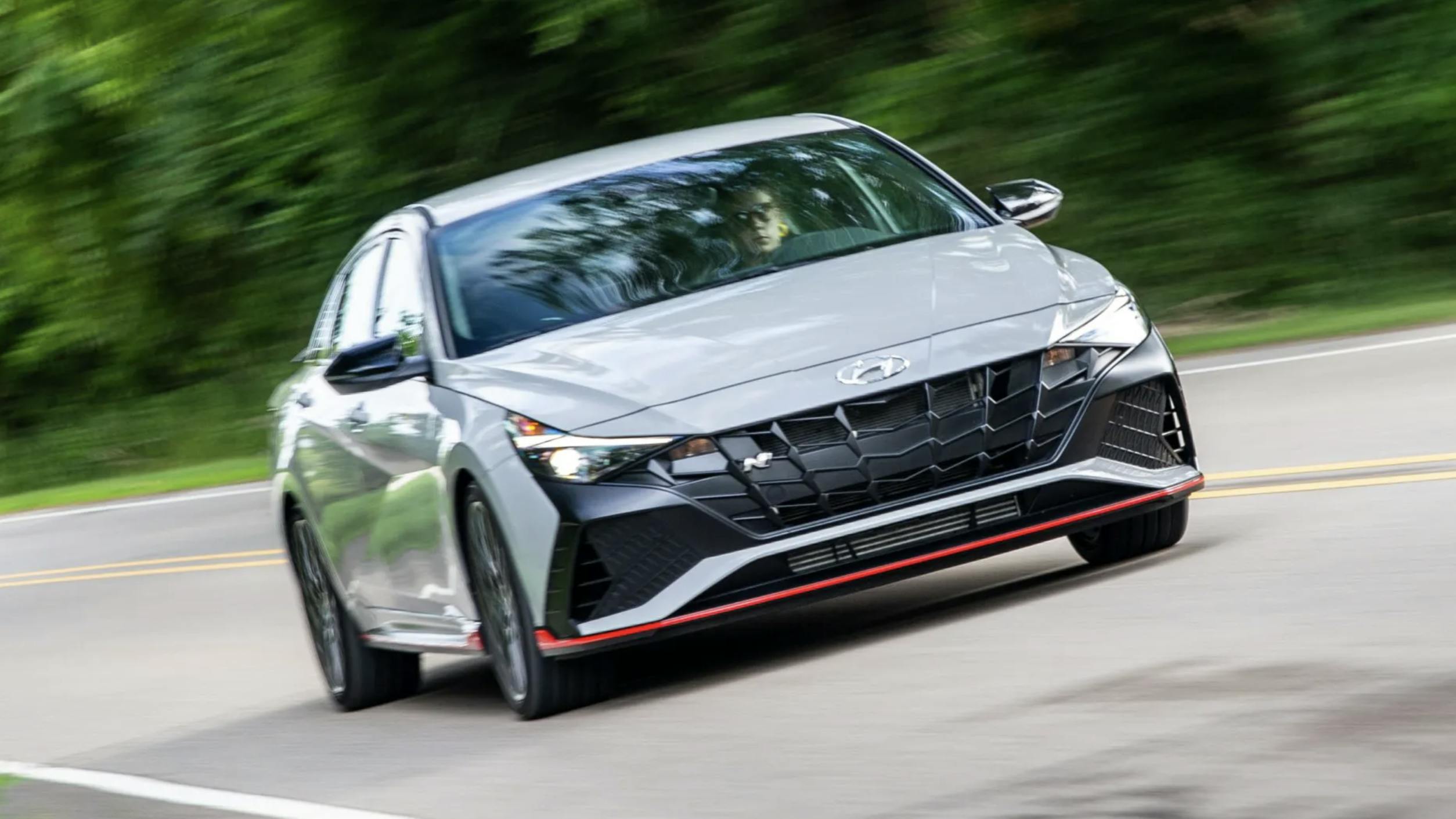
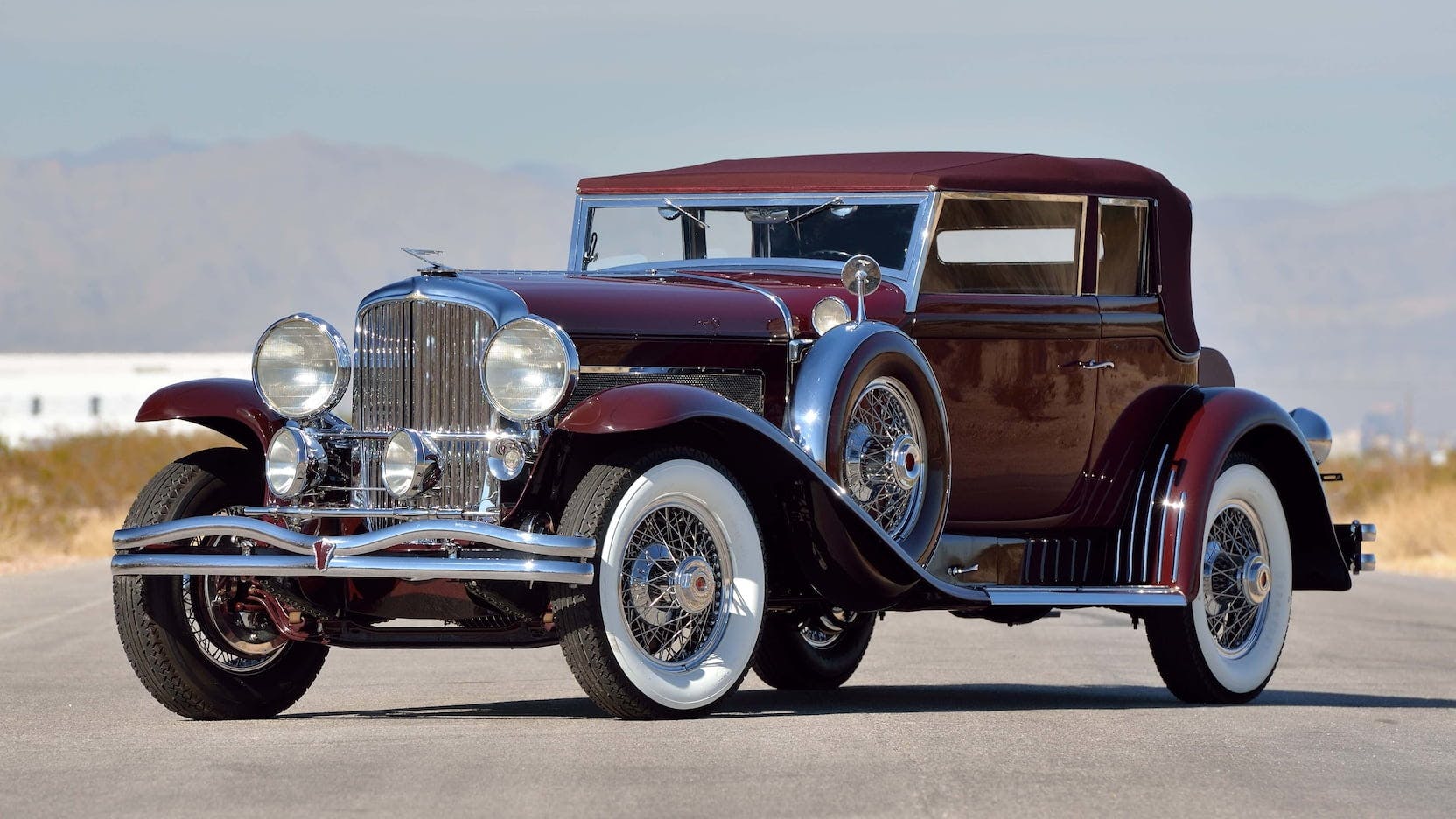
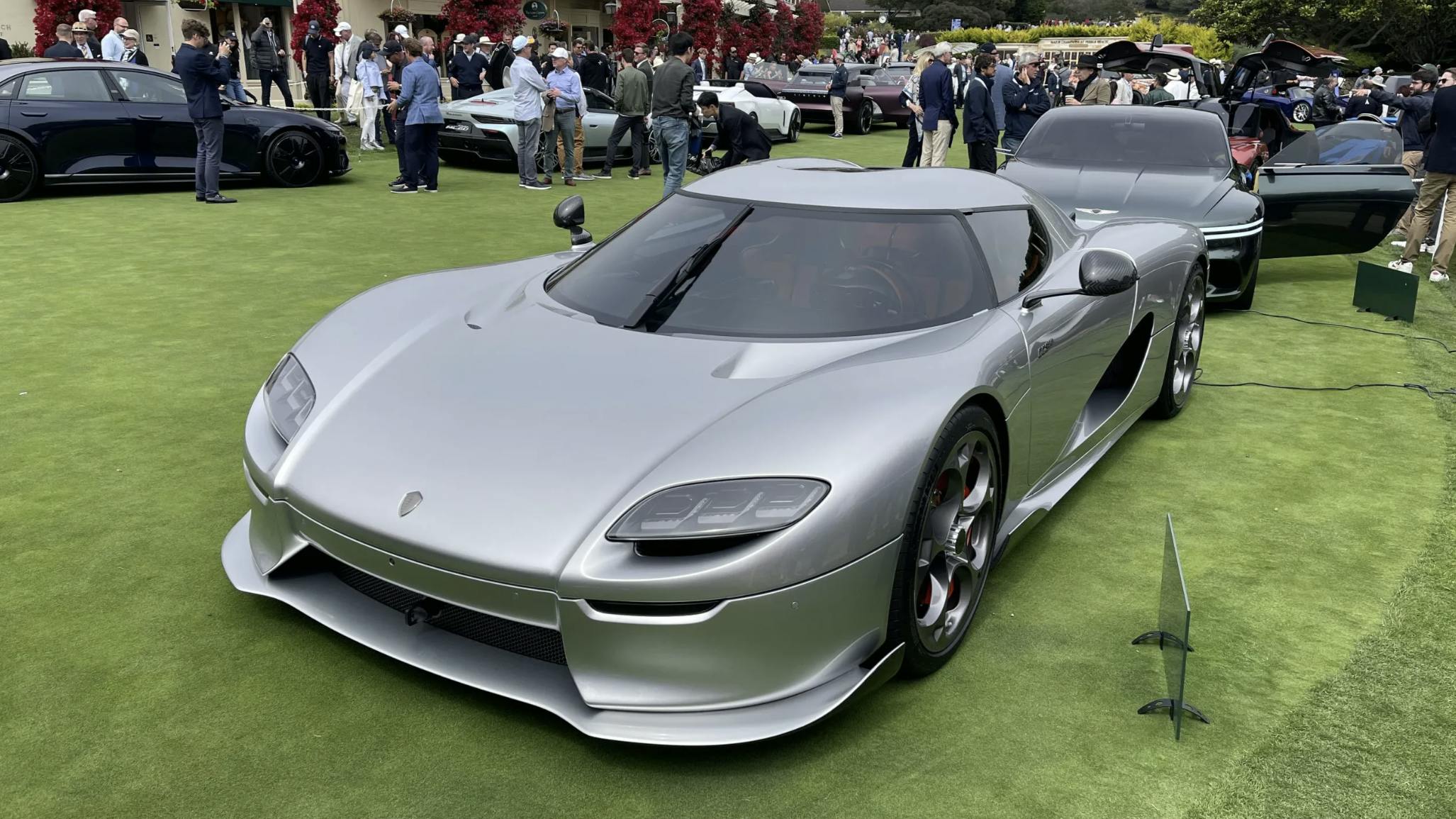
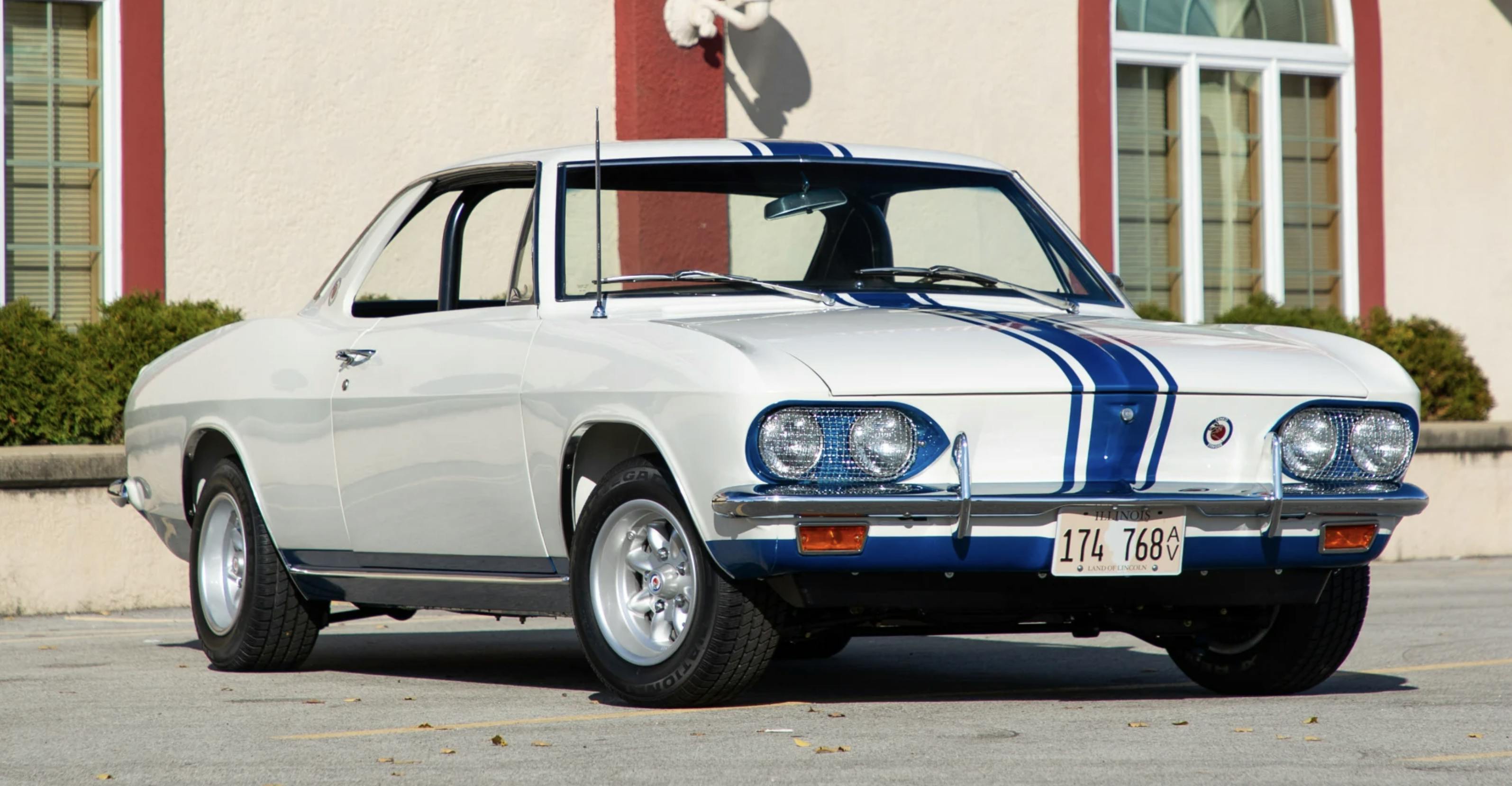

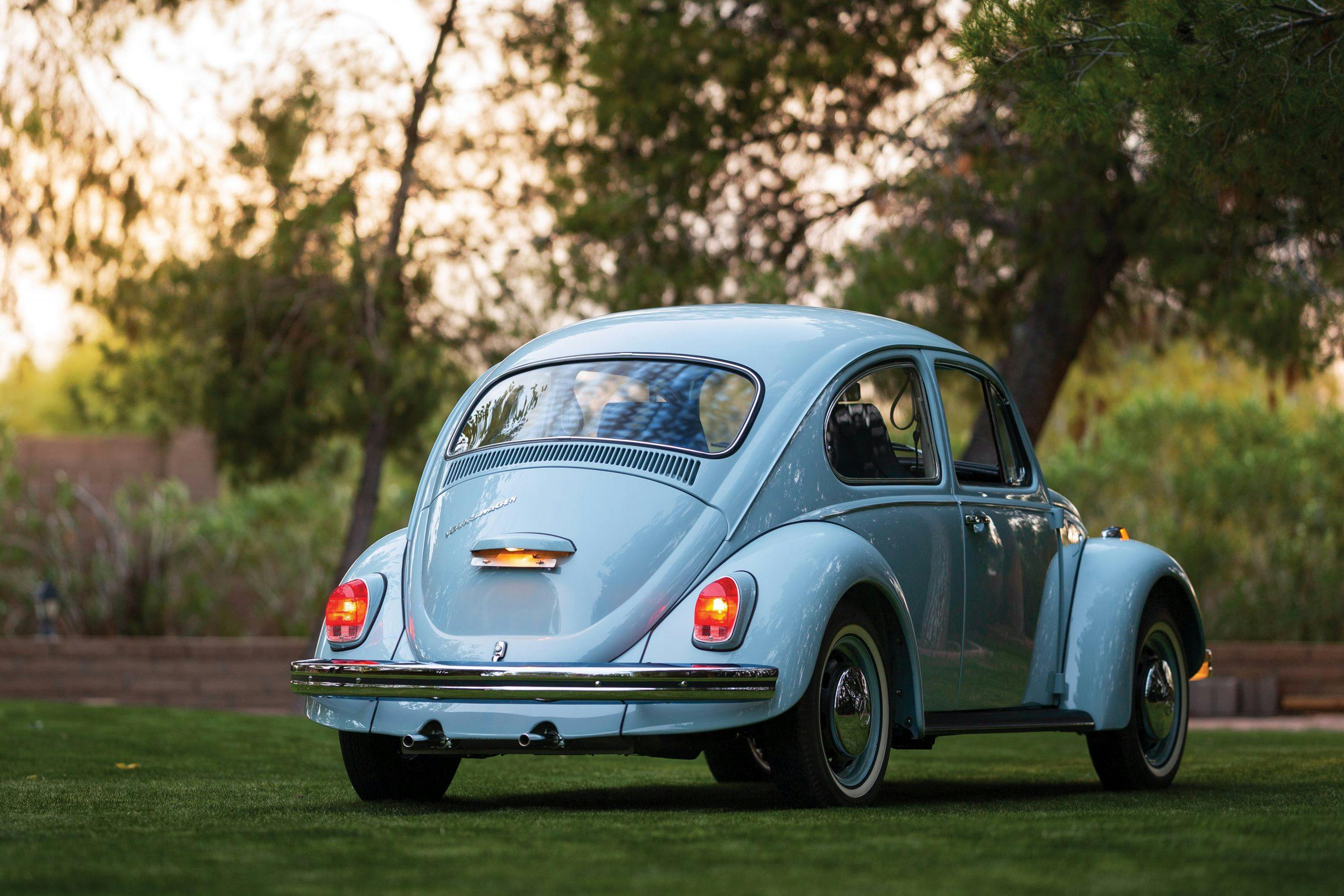
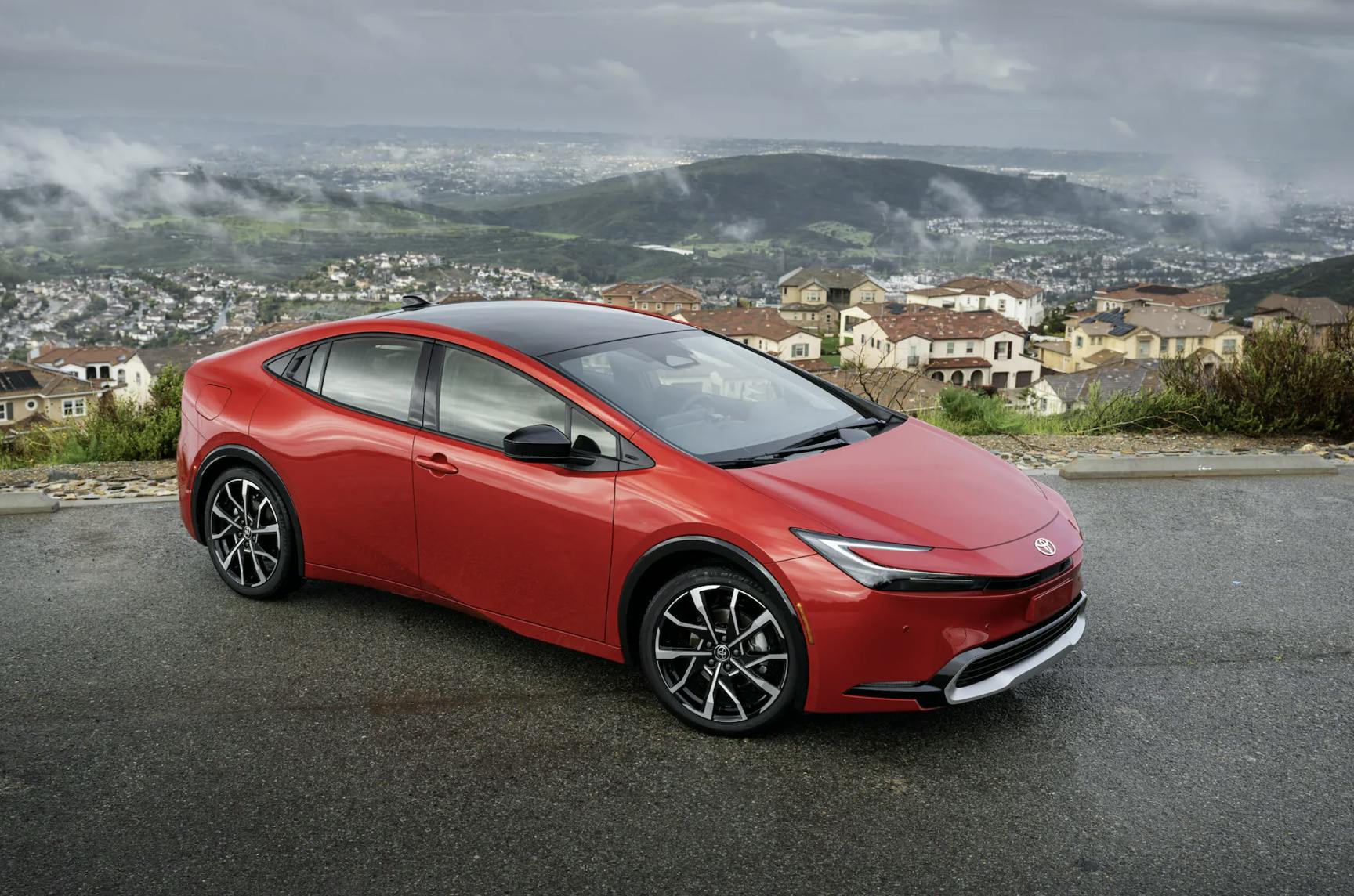
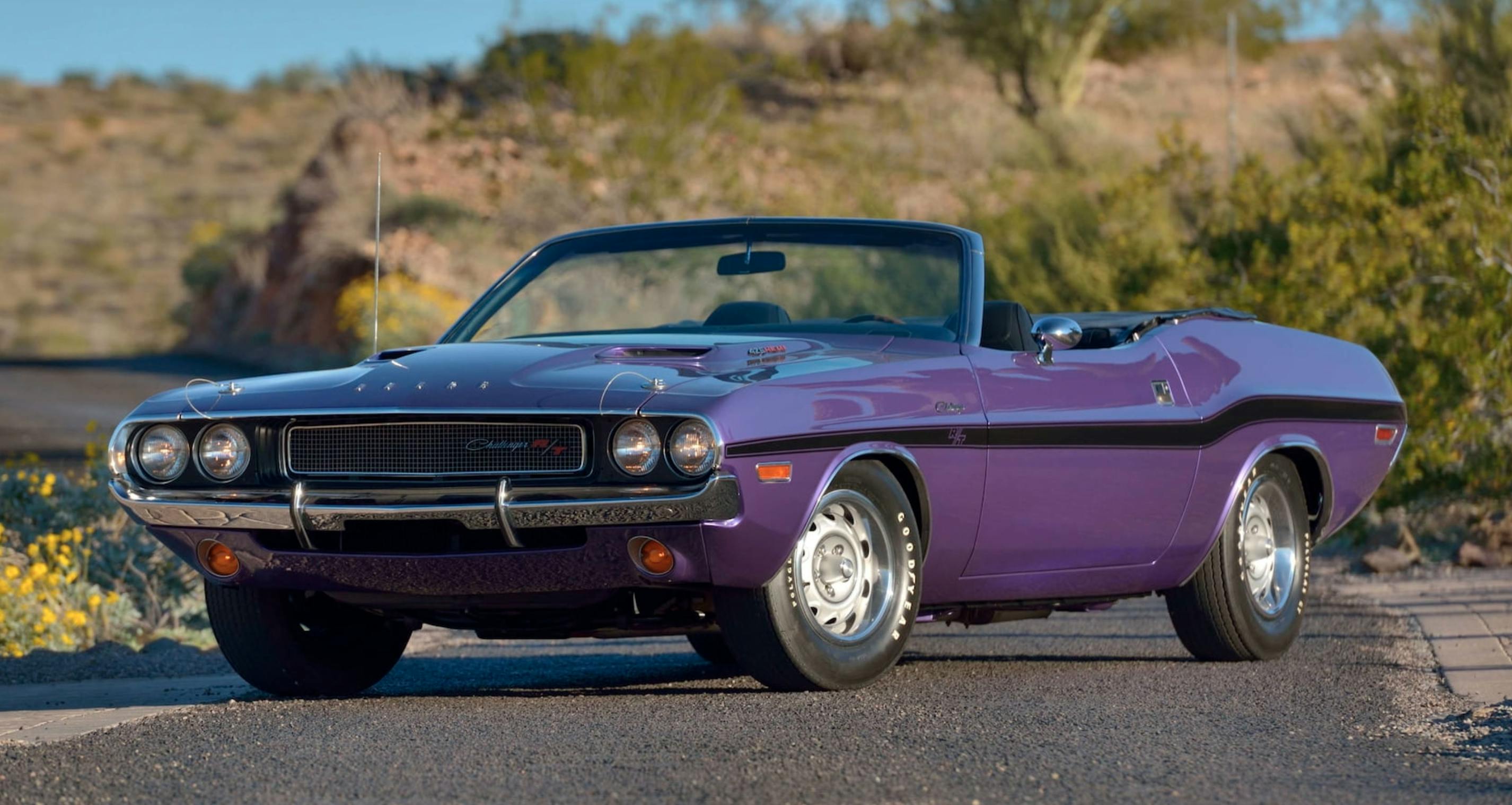
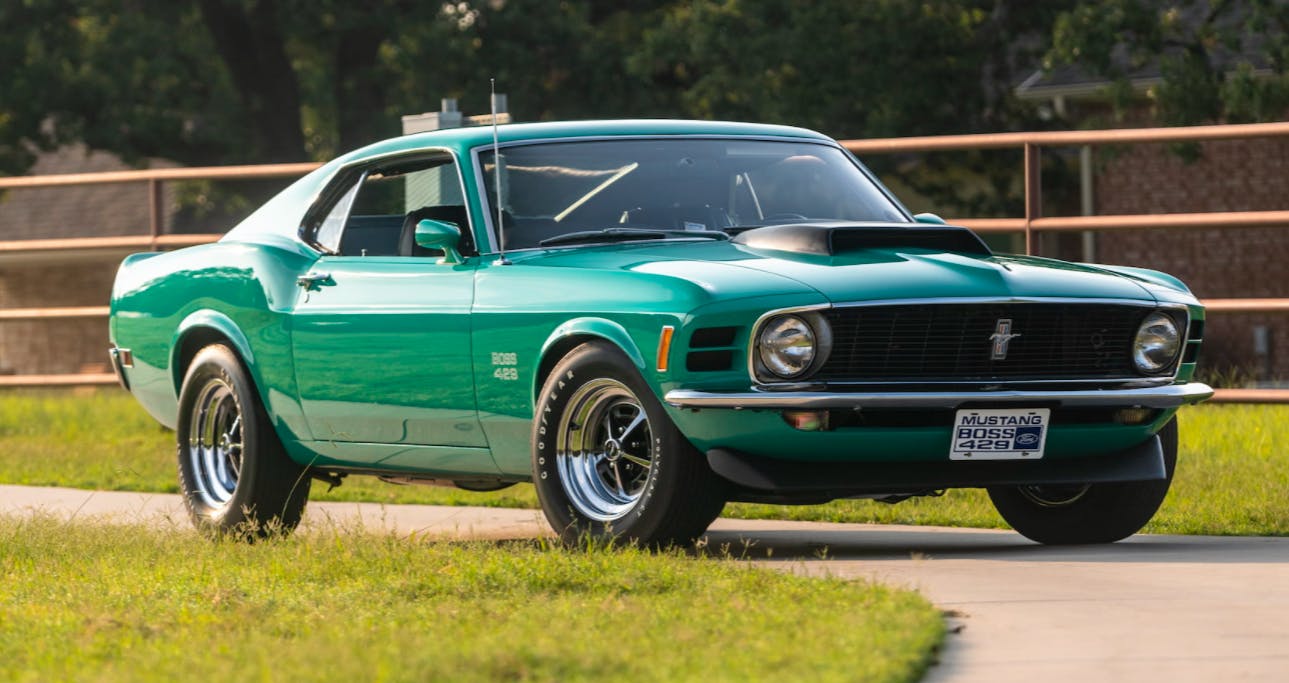
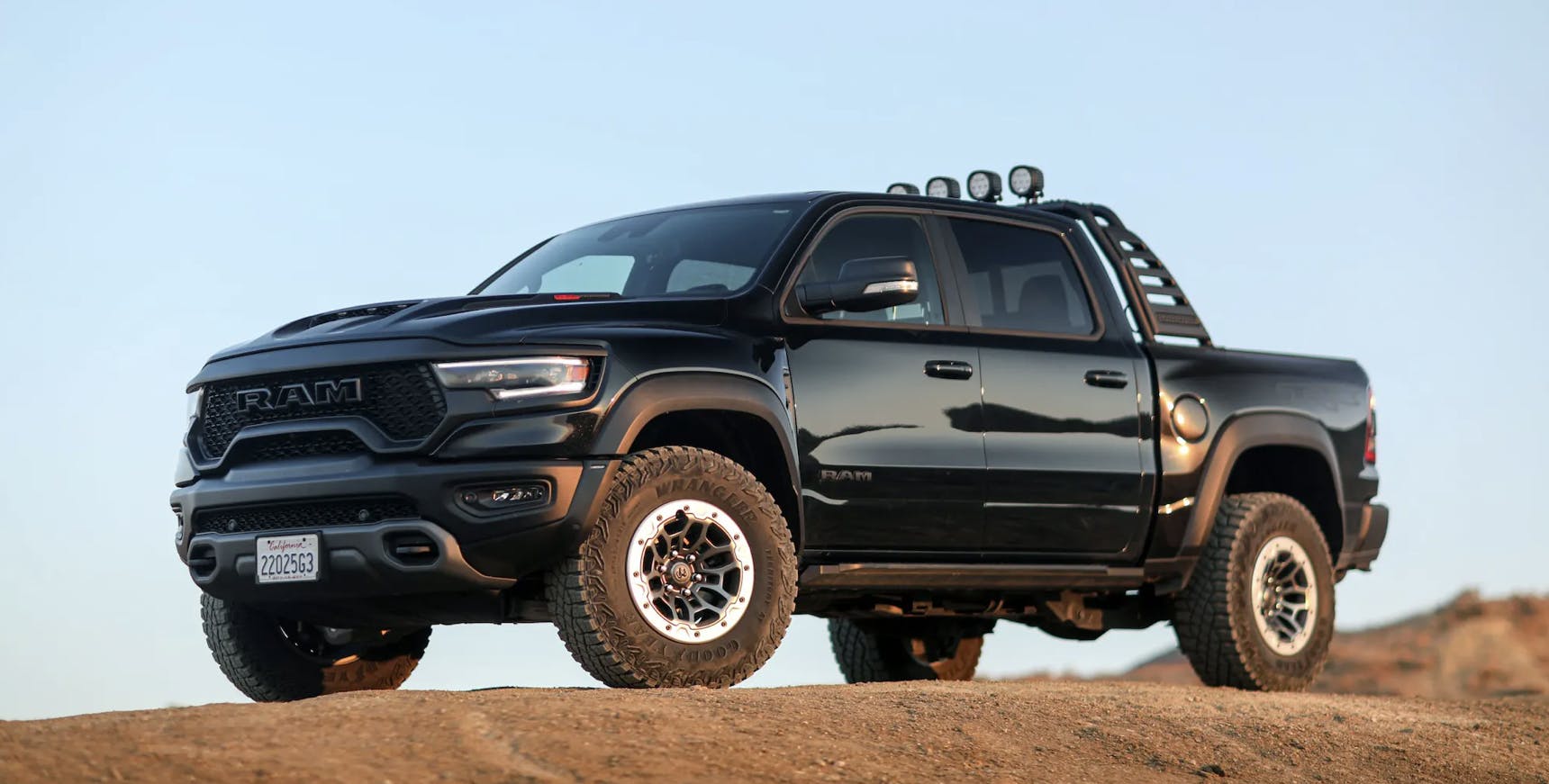
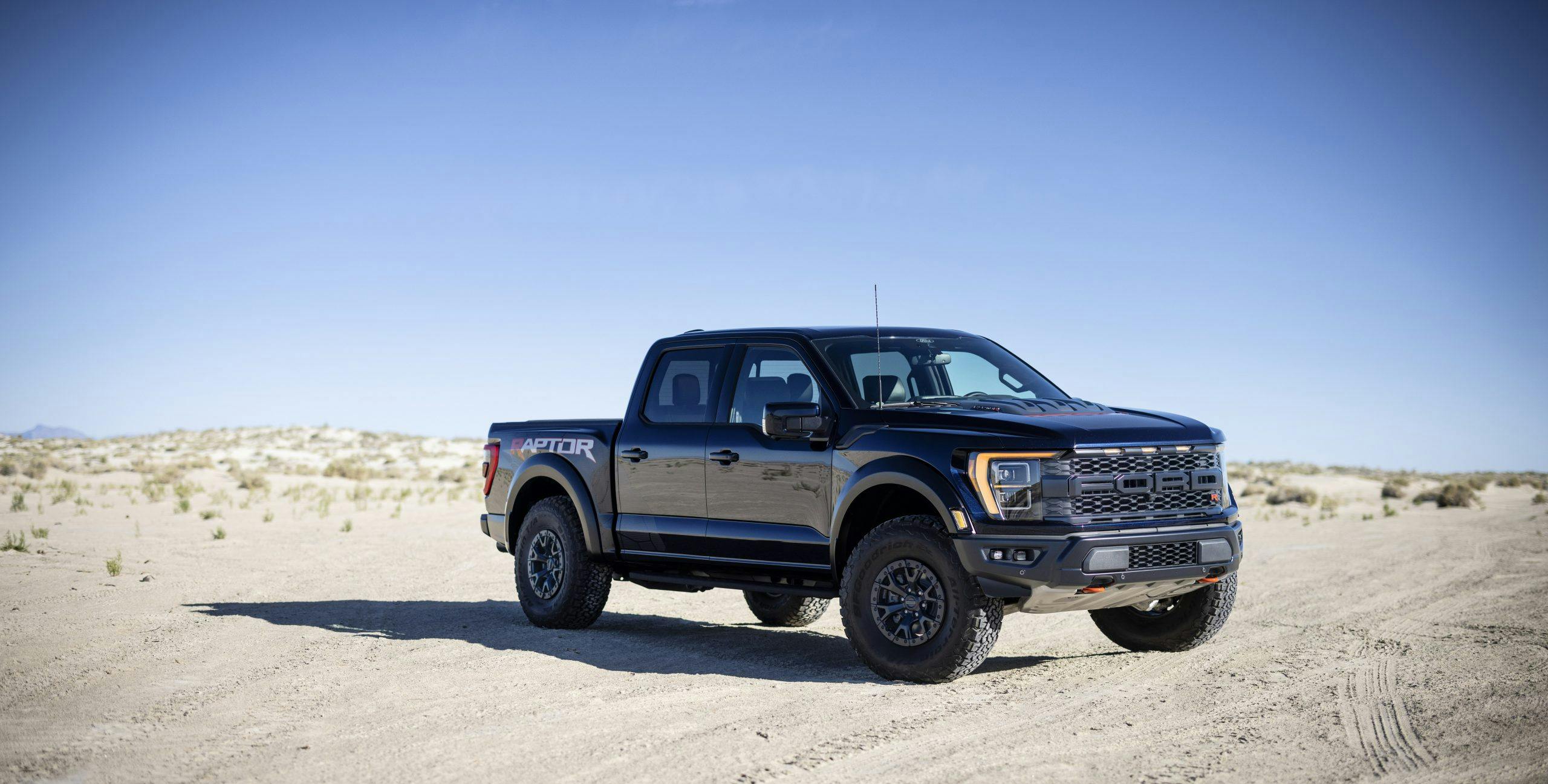


I like the comparisons – almost all of which I wouldn’t have dreamed up. Nicely imagined, team! A-a-a-n-n-n-d-d, this is why the Hagerty Media Staff get paid the Big Bucks, right? 😋
The Chevelle is everything the Honda is not.
To compare the Honda is just wishful thinking.
It is difficult to compare anything FWD with the past as it just not the same. Add performance and it is even more than the exhaust note.
I had a 300 HP FWD performance Vehicle and while I loved it I disliked the fwd. just no traction from a dead stop and thought coming out of corners when the tires unload.
RWD you can steer with the wheel or throttle.
I’d disagree.
I’ve owned much GM Muscle during the past decade I’ve been collecting old cars, including a few A Bodies. Currently have a ’63 Impala SS/409 ragtop, that I bought when she was 39 years old, and I was thirty years younger.
I’ve also driven (not owned) a well worked and bone stock group of Civics. One a buddy had in 11s, with 60 foot times I’d kill for.
You look back at the Chevelles as special. They weren’t. They were mid sized consumer cars, RWD wasn’t special, it was the standard in the 60s. The motors aren’t special. Same. A Muncie/PG, same.
The civic is an apt comparison, and will be among the collectable cars we’re currently producing. Plus, to give Honda credit, it won’t need plugs from an over rich QJet/4150 to compensate weak idle signal/fat cam, you can put the air on, cruise cross country with four adults. Plus, worst case you hit something, the odds of walking away from the Honda are far better.
The Hondas are great cars. Painfully reliable. A blast to drive. And yeah, the muscle cars of our day. Not my style, in the slightest, but credit where it’s due, they’re great cars. Arguably better in every single way, sans the chrome bumpers.
Happy, too, as a Gen-Xer to see these cars carry the torch for future generations…
I have an ’08 Civic (stick). I would expect it’s performance to be comparable to a Corvette from the early-mid-’60s (but I haven’t driven the latter). The engine is VERY responsive, and the power to weight is good. With Michelin Pilot Sport tires it corners as if on rails.
As long as it gives me so much driving pleasure, I plan to keep the Civic for as long as I drive–hopefully at least another 20 years. (I was born around the time the first Corvette rolled off the assembly line.)
Hey me too. Just had my 70th BD last week. BTW, had the pleasure of diving a freshly restored, Hagerty insured, ’66 rag top Vette not too long ago. Guess the best part was the music emanating from the aft end while shifting the somewhat clunky four speed. Actually had all the feel of a small truck except 18 inches lower to the ground. Great fun though.
Both of these cars are aimed at the exact same people, kids in their late teens to early 20’s that want a hot yet affordable car to ride with friends or a date. Honda aimed for costumer retention and brand loyalty through quality. GM decided to go the cheep and okay route hoping the customer might come back for another one when the car died.
You might like the sound of a V8, and like the feel of RWD, but if both cars were brand new, the Chevelle would be slower, harder to stop, harder to get going, have horrible tires, be worse in the curves, more likely to overheat, far more unsafe, less likely to start every time, and more likely to leave the driver on the side of the road. We are not even go into build quality, creature comforts, plain old comfort, a seat that will not keep the driver in place in the car, the amount of fuel that would be wasted out the tailpipe or into the radiator, ease of maintenance, or vehicle longevity. The Chevelle looks better, sounds better, and has a bigger trunk. For someone that knows they will be handed a payment book a car that will get them to work every day without fail until the last payment is the better choice.
I like Chevys, and I am not a fan of Hondas, but the reality is that while the Chevelle looks great at a stop, once they start doing things other than being static displays the Honda would be a better car.
I’m not sure the reliability comparison is really pertinent here. Any car from the 60’s is going to suffer from poor reliability (past and present) as you described and any modern car will also fall into what you described (being able to start every time, all the time, etc).
And I’m not sure a kid in their late teens/early 20’s can really afford a $45K CTR. This is where the $30K Si is likely a better financial choice.
If you don’t think a FWD will steer with the throttle, then you don’t know how to drive them.
If by lift-throttle oversteer, then sure. Otherwise, FWD cars only “steer with the throttle” if they have a really good LSD in them and still have traction available to do something with. Let’s not forget that you’re asking the front tires to steer and accelerate all at the same time and there is only so much traction in which to do so.
It also does not help that most of the weight of the car is over the front tires as well. Let’s be honest…only in certain situations can a FWD car throttle steer. In a RWD car or AWD car, this is much easier and doesn’t compromise the car in other ways.
Couldn’t have said it better myself!
My comment was a reply to to Hyperv6. Don’t know why it didn’t show up there…
For Maverick, a better comparison is the Falcon Ranchero.
The Falcon wasn’t front-wheel-drive.
The Porsche 356 and the first generation Audi TT.
Totally agree!
Others may have enjoyed it but I would never equate driving an electric with an ICE, they are 2 distinct experiences. In the same way, I would never equate driving a car with driving a TRUCK. As we move towards mobile appliances the passion for older cars will diminsh.
Ay-yi-yi-yi-yi………(Ricky Ricardo style)
Don’t even think about comparing a classic Mustang with the junk electric piece of crap !!!! Shame on you !!!
Where was the “classic” Mustang they compared to an electric? I saw an econo box with a great front end suspension compared to a Mach E, did I miss something?
I thought Ford was foolish to dilute its valuable “Mustang” brand by sharing that name with an electric crossover. Ford’s new electric crossover may be a nice vehicle, it may be popular, but couldn’t they have thought up an original name for it? Ford has invested 50+ years and untold billions associating the name “Mustang” with small, performance-oriented cars – why confuse its buyers by slapping the pony emblem on a completely different class of vehicle?
Correct, if Tesla can produce a sporty looking electric car why can’t Ford? The Mach E looks nothing like a Mustang design but rather like a Prius.
I agree about the Mach E but I greatly dislike Tesla styling except maybe the first sports car and that car could have been better.
I agree!! Just like Gm shot themselves in the foot with the redesigned Camaro, Ford did it with the EV “Mustang”.Has NO resemblance to a real Mustang, other than the Ford emblem. You see a whole lot more Mustangs & Challengers than those stupid looking Camaros that look like the lead character from the “Cars” movie
Those are some real stretches.
Some iffy choices, the worst being the Mustang II and the Mach E. The Mustang II was the return to the original, econobox based Mustang, right sized and priced for its time. And it wasn’t actually based on the Pinto. Just shared some parts with it. The Mach-E is just an electric SUV with a Mustang badge.
It was definitely based on a Pinto! Shared most of the platform. It’s a stretched Pinto — a little over 2″ more wheelbase — with a trunk added to the rear. The front suspension is identical, as is everything under the hood if you got the four cylinder. The V6 and V8 suspension was a little heavier, and the outer body panels and all but the windshield were different. You could cut a Mustang II up a little and make a Pinto out of it, or vice-versa.
Comparing with the Mach-E is a bit more of a stretch than some of the others though, on that I can agree! Controversy is about the only thing they really share…
other than the camaro, who ever wrote this has lost his mind!!!
The only comparison the Mustang II deserves is another poorly designed, gutless and unreliable POS…
I’d go the obvious route: the MGB and Miata MX5 for pure driving experience. Neither is much to brag about, both put you in a place where you care not what other people think.
Spot on. I’ve owned both, and you nailed it.
As long as you keep a rag, nail file, book of matches, screw driver, and pair of pliers in the MG. I have lost count of the number of MG’s I have had to clean the throttle shuttle on because the owner didn’t know to do that every time they changed the oil.
No,No, No! Miata and Lotus Elon.
Except that the Lotus Elan was a LOT more expensive in its day, than the Mazda is now, if I am remembering correctly. Money is not everything, but a BIG price difference would make it tough to say it is a valid comparison.
Exactly. Maybe some of the real little rinky dink cars evoke memories of Beetles just by size experience. Most of these they’ve hit the nail on the side.
Miata suspension design is way better than most low-price cars.
I didn’t buy my current car because I think macpherson struts are a good idea. I bought it because I think mid-engine and dual-clutch are good ideas.
At first I was thinking these are wild choices…then realized I am driving a 2022 Plug in Prius with a 2023 Ford Maverick on order….that go with my 1985 VW bus. So I would say you nailed it for me. Guess the 2025 VW ID Buzz van is next? Really a fun set of picks. Very original writing. Thanks.
Great comparison and love the logic behind the article. Like the Chevelle and Civic. First I thought WTF but makes sense these are the everyday cars of their times hot rodded by the manufacturers.
My comparison would be Beetle (air cooled) and Model 3. I’ve owned many Beetles and recently added a used Model 3 to my fleet. The M3 is counter culture, engineering over marketing, “fuel” efficient and simplicity in design. They even share a “frunk” and simple dashboard layout. The Beetle has one gauge, the speedo and the M3 has it’s screen. Over course the speed and torque is no comparison. I would never want to go as fast in Beetle as what an M3 can do. Especially with those drum brakes.
I’m sorry, but most of these are ridiculous comparisons.
I was thinking there was nothing else to write about this week. I certainly hope this was some sort of parody. Who would take it seriously?
Hey, ya gotta fill themes pages wit somthin (pages?) still think (imho) that the Yenko Stinger is one of the nicest looking auto designs not withstanding the little non Viton oil seals so…thanks GM Beancounters, plus a little cooling issues on the 140 and 180’s.. What NASHFAN? There is a God.
This whole article is nonsense. Stop trying to say that new cars are just as good as older cars; they aren’t and never will be.
You’re right, objectively newer cars are better in construction, build consistency and mechanical longevity.
I think that you are taking the article too literally. No, new cars can’t and won’t be the same as older ones, but there are some good comparisons here of someone in modern times doing what the legends did back in the day.
My 2005 daily driver has 260,000 on the original engine and I replaced the transmission at 250,000. I replaced the transmission instead of the car because everything else is solid, and it only uses about a half a quart of oil every 5,000 miles.
Tell me again how old cars are safer? https://youtu.be/ePYO0-Ig0VU
The comparisons that were right were those where the old and new both had 4 tires. Or was the whole article a joke?
No, they are not – they are almost all better than the old cars ever were. But “quality” is not the reason most of us buy old cars, so maybe it doesn’t matter.